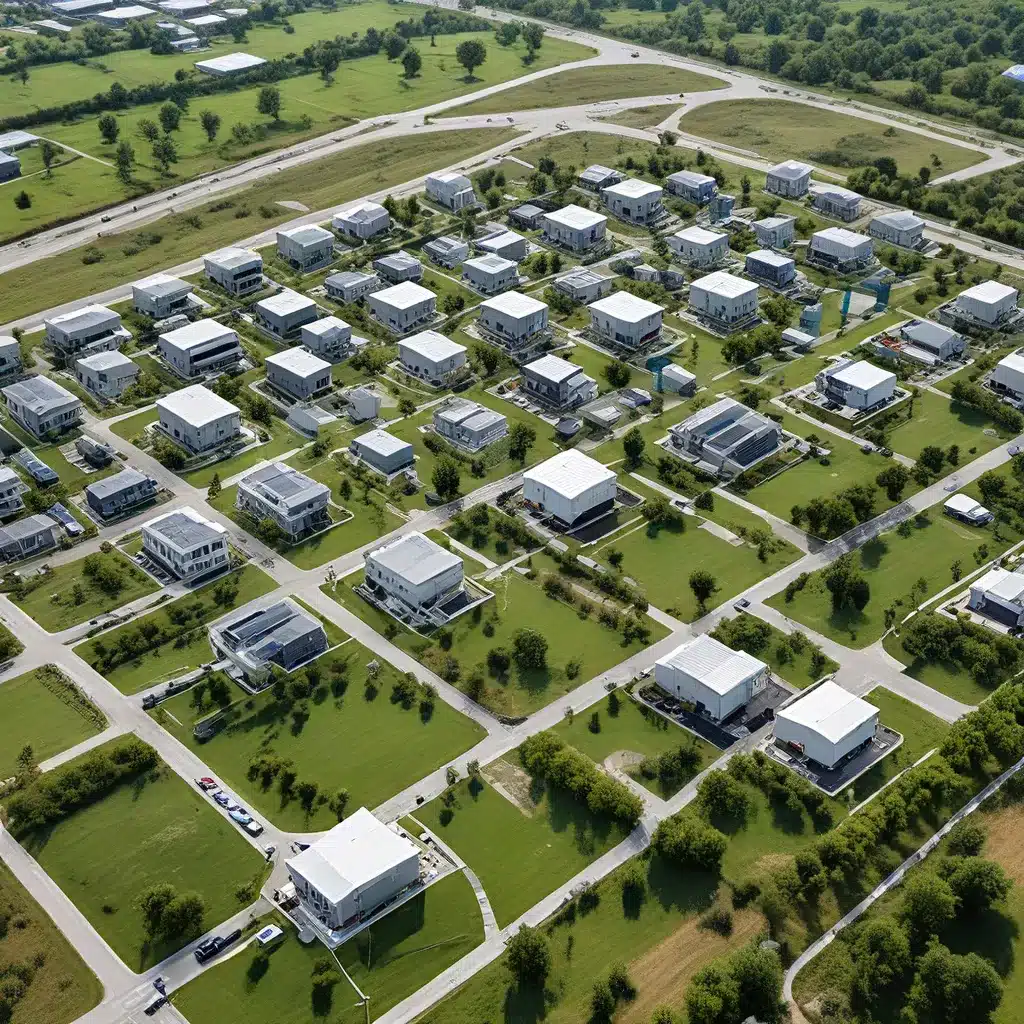
The Rise of Energy-Conscious Sensor Network Designs
As the Internet of Things (IoT) continues to revolutionize the way we interact with our environment, the demand for energy-efficient sensor nodes has become increasingly paramount. These sensor nodes, the building blocks of IoT ecosystems, are tasked with gathering and transmitting critical data, often in remote or hard-to-reach locations. Ensuring the longevity and sustainability of these sensor deployments has become a key focus for researchers and industry leaders alike.
One of the primary drivers behind this shift is the need for long-lasting, maintenance-free sensor networks. Many IoT applications, such as environmental monitoring, smart agriculture, and industrial automation, require sensor nodes to operate continuously for extended periods without the need for frequent battery replacements or recharging. Achieving this level of energy efficiency is crucial, as it not only reduces maintenance costs but also minimizes the environmental impact of IoT deployments.
Advances in Sensor Node Design
Researchers and engineers have been exploring various strategies to enhance the energy efficiency of sensor nodes. These advancements span multiple aspects of sensor node design, from the hardware components to the software algorithms driving their operation.
Hardware Optimizations
One of the key areas of innovation is the development of low-power microcontrollers and integrated circuits. These components, which form the core of sensor nodes, have seen significant improvements in their energy consumption profiles. Manufacturers are now designing ultra-low-power MCUs that can operate for extended periods on a single battery or energy harvesting source, significantly reducing the need for frequent battery replacements.
Alongside advancements in microcontrollers, energy-efficient wireless transceivers have also emerged as a critical component in sensor node design. These transceivers enable reliable data transmission while minimizing power consumption, ensuring that sensor nodes can communicate effectively without draining their limited energy resources.
Recent research has also explored the use of energy harvesting technologies, such as solar panels, thermoelectric generators, and piezoelectric elements, to power sensor nodes directly from their surrounding environment. By integrating these energy harvesting solutions, sensor nodes can potentially achieve perpetual, self-sustaining operation, eliminating the need for battery replacements altogether.
Software Optimization
While hardware advancements play a crucial role, software optimization is also essential in achieving energy-efficient sensor networks. Researchers have developed sophisticated power management algorithms that intelligently control the operation of sensor nodes, minimizing power consumption during periods of inactivity or low-priority tasks.
These algorithms may include techniques such as duty cycling, where sensor nodes alternate between active and sleep modes, and adaptive sampling, where the sampling rate is adjusted based on the dynamic needs of the application. By dynamically managing the sensor node’s resources, these software-based approaches can significantly extend the operational lifetime of IoT deployments.
Additionally, advancements in wireless communication protocols have enabled sensor nodes to transmit data more efficiently, reducing the energy consumed during data transfer. Protocols like LoRaWAN and NB-IoT have been designed with energy-efficiency as a primary consideration, allowing sensor nodes to operate for years on a single battery.
Secure and Sustainable IoT Deployments
As sensor networks become more widespread, the importance of security and sustainability cannot be overstated. Sensor nodes, being the entry points to IoT ecosystems, must be designed with robust security measures to protect against malicious attacks and unauthorized access.
Cutting-edge research in this domain has explored the implementation of lightweight cryptographic algorithms and secure key management strategies to safeguard sensor node data and communication. By integrating these security features, IoT deployments can ensure the confidentiality, integrity, and availability of the collected data, building trust and resilience in the overall system.
Alongside security, the sustainability of sensor networks is a crucial consideration. The ability to deploy and maintain sensor nodes in remote or hard-to-reach locations is essential for numerous IoT applications, such as environmental monitoring and infrastructure management. The advancements in energy-efficient sensor node design, coupled with innovative power management and energy harvesting techniques, have paved the way for long-lasting, low-maintenance IoT deployments.
The Future of Energy-Efficient Sensor Networks
As the IoT ecosystem continues to evolve, the demand for energy-efficient sensor networks will only grow. Researchers and industry leaders are actively exploring new frontiers, such as the integration of artificial intelligence and machine learning algorithms to further optimize sensor node performance and power consumption.
Additionally, the emergence of 5G and beyond wireless technologies promises to enhance the scalability and connectivity of sensor networks, enabling real-time data processing and low-latency applications. This convergence of energy-efficient sensor nodes and high-speed, reliable communication will unlock a new era of sustainable IoT deployments, transforming industries and revolutionizing our interactions with the physical world.
By staying at the forefront of these advancements, the sensor networks and IoT community can continue to drive innovation and deliver tangible solutions that address global challenges, from environmental conservation to smart city development. The future of sensor networks is one of efficiency, resilience, and scalability, paving the way for a more connected, sustainable, and adaptable world.